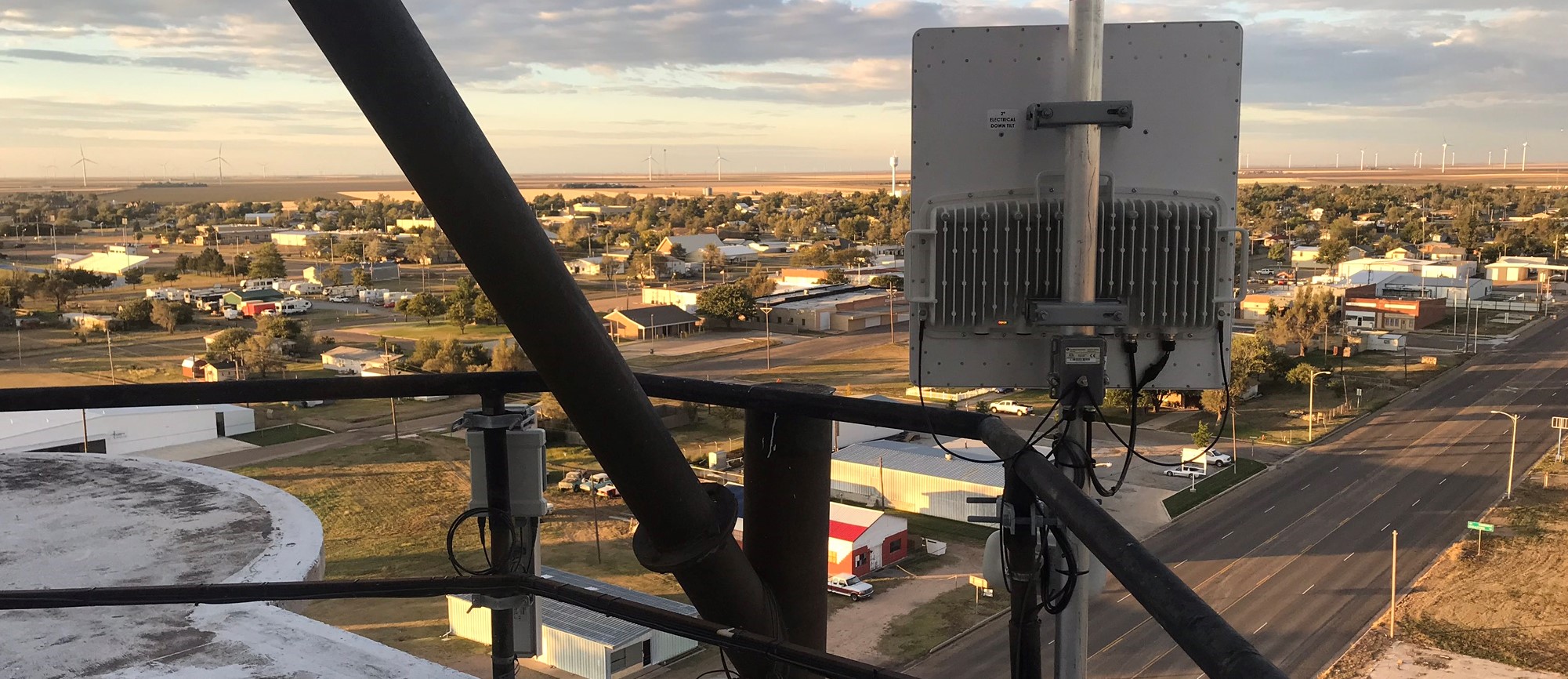By now, if you’ve not heard of CBRS, you probably live outside the United States or perhaps aren’t so involved in telecommunications. The Citizens Broadband Radio Service (CBRS) is the designation given to the 3.5 GHz band (specifically 3550-3700 MHz) by the FCC. 50 MHz of it had been used in a “lightly licensed” fashion for several years, but the FCC has adopted a dynamic spectrum sharing model in order to maximize the use an availability of spectrum in this band, while protecting the incumbent users (such as U.S. Naval radars and Fixed Satellite Stations). Tomorrow, there will also be an auction for Priority Access Licenses (PALs), known as Auction 105. It’s expected that these will begin operations late this year. Operators that own these licenses will have priority of use vs. those that don’t.
Dubbed the “innovation band,” it’s expected that both the amount of spectrum, and the dynamic sharing policies will allow for new and varied uses for this spectrum, some of which have not even been conceived of yet. That is certainly the hope of many folks involved in advocating and evangelizing this band, instilling it with hype and momentum to rival that of “5G”. In fact, the future may well bring the convergence of these ideas… but before we go that far, I want to share a few thoughts about the band and the use of it in the present.
At the most basic level, the rules around CBRS allows for more folks to access more spectrum. This is a positive thing. The WinnForum (the industry-led group that designed the rules and regulations adopted by the FCC for this spectrum) did a great thing in ensuring that operation in this band was not restricted to “standards-based” technologies or protocols. Cambium Networks developed a purpose-built software defined radio system specifically for Fixed Wireless Operators to maximize capacity and spectral efficiency. This platform, known as PMP 450, has been in operation in the 3 GHz band (formerly 3.65 GHz or Part 90 subpart Z of the FCC regulations) since 2013. There is quite a large installed base of equipment operating under these rules. Due to the impending expiration of these licenses (80%+ of these expire on October 17, 2020, we fully expect to add a large percentage of these radios into CBRS prior to this deadline.
A lot of the hype around all the potential uses for this band involve the need to create new business solutions (such as carrier roaming agreements) or new technical solutions (such as handset equipment that supports this band, which is already happening). Some of these innovative use cases are indeed very exciting and will end up eclipsing the fixed wireless use case, but they will take time.
In the industrial and enterprise space, Private Networks based on CBRS (commonly referred to as Private LTE) will expand and likely supplant some of what would have otherwise been Wi-Fi based networks to provide in-building connectivity. CBRS allows for Service Level Agreement (SLA) and Quality of Service (QoS) implementations that just aren’t possible with Wi-Fi. The PALs may also offer some protections for operators that need to maintain these SLAs. These types of networks will also find applications in other vertical markets such as Industrial, Oil & Gas or Agriculture.
The other often discussed application is dubbed “Neutral Host” service. Because many handset devices are supporting CBRS band natively, small operators believe they can enter into agreements with the larger mobile carriers with roaming agreements. As the handset enters the small operator’s network coverage, the handset seamlessly attaches to the local CBRS network, and data used gets charged back to the carrier (but offloads the carrier’s network or provides additional coverage). While this seems like a great idea for these smaller operators, I believe it will take a significant amount of time (years) to establish such agreements.
There is no doubt that CBRS is enabling innovation. From my point of view, however, the most valuable thing about it is the usefulness of the spectrum in the present. The band provides an additional 100 MHz of spectrum, at higher transmit powers than before, and can be deployed immediately by anyone. Cambium Networks customers are solving the digital divide, supplementing their rural broadband networks using CBRS, and covering more US citizens than was possible using only 5 GHz unlicensed spectrum… and they’re doing this today. While we will certainly see innovation and new use cases (probably some of which haven’t even been conceived yet) in this band, the fact that tens of thousands of devices are already providing better, faster broadband services to more folks across the country is a testament to the primary use case. Fixed wireless is clearly leading the way and will remain paramount for us here at Cambium Networks.
